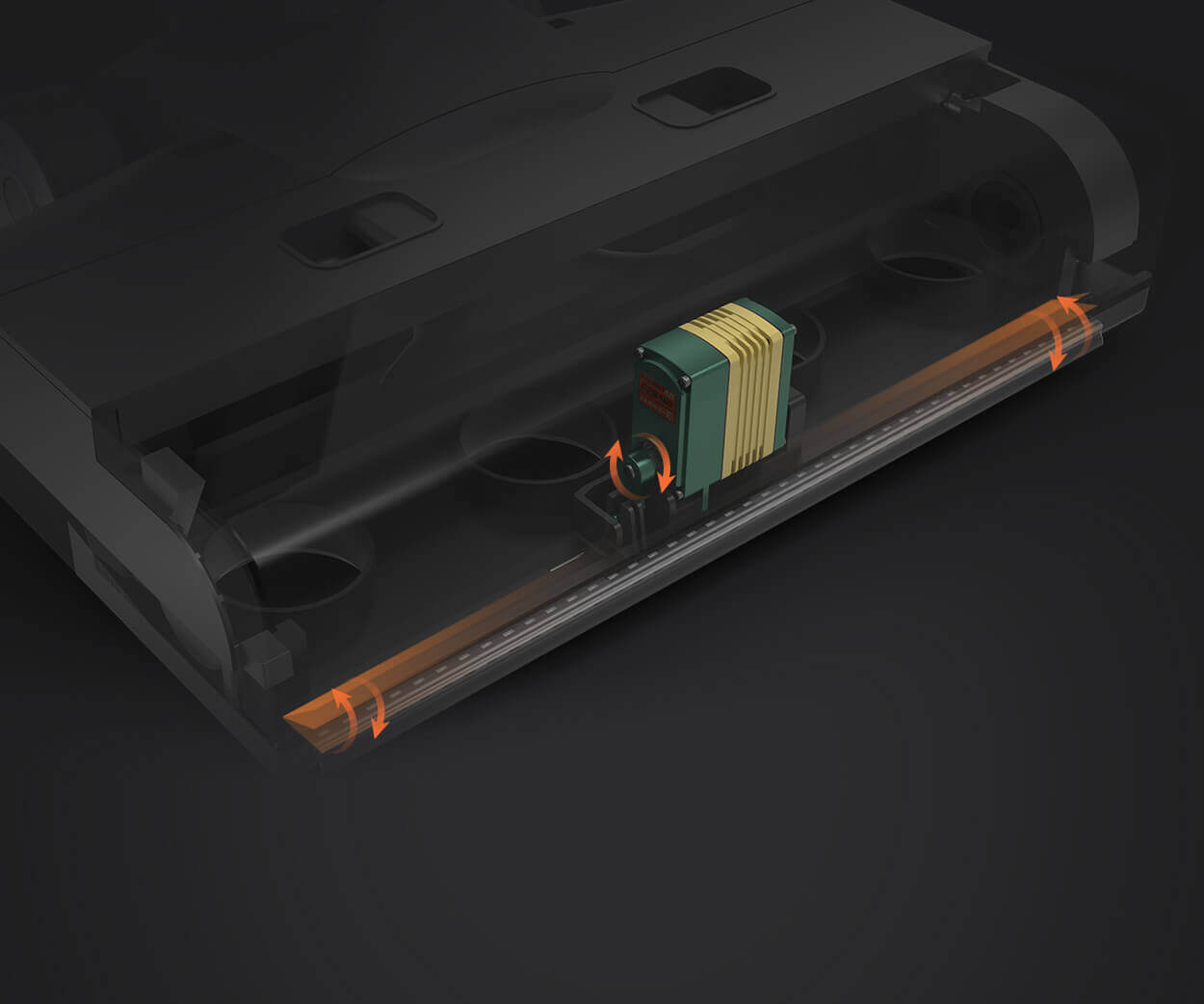Unpacking the World of Gear Motors and HS Codes
When it comes to moving goods across borders—whether you're a manufacturer, importer, exporter, or customs broker—there's a term that consistently floats to the surface: HS code. Short for Harmonized System code, this universal nomenclature is like the passport of the trade world, offering a streamlined way to classify products in international commerce. But what exactly does this mean for gear motors, those tiny yet mighty components powering everything from industrial machinery to household appliances? Let's dive into the basics.

What is an HS Code? The HS code is a standardized numerical system developed by the World Customs Organization (WCO). It assigns a unique code to every type of product, enabling customs authorities worldwide to identify, classify, and apply appropriate tariffs and regulations. The system is hierarchical, starting with broad product categories and becoming increasingly specific.
The codes are typically composed of six digits—and sometimes more when countries add national subdivisions—to detail the product’s nature. For example, the initial two digits designate the chapter (broad category), the subsequent two specify the heading, and the final two further define the subheading.
Why Is the HS Code Important? Navigating international trade without understanding HS codes is akin to setting sail without a navigation map. The code impacts:
Customs tariffs and duties: Different products attract different tariffs, impacting margins and pricing. Import/export controls: Certain goods require special permits, licenses, or are restricted altogether. Statistical data collection: Governments monitor trade flows, and HS codes help analyze industry trends. Dispute resolution: Clear classification prevents delays and penalties caused by misclassification.
Gear Motors in the Global Market Picture a small electric motor embedded inside a robotic arm, or perhaps a component driving an automated conveyor system. These gear motors are the unsung heroes of countless industries, bridging simplicity and complexity in mechanical operations. As demand for automation and machinery grows, so does the volume of gear motors traded across borders.
But the question often arises: how do you ensure your gear motors are properly classified and cleared without hiccups? Here’s where a clear understanding of the HS code becomes invaluable. Proper classification not only expedites customs procedures but also aligns your shipments with international standards, reducing the risk of fines, delays, or confiscation.
Standard Classification of Gear Motors In the HS system, gear motors are generally classified under the broader category of electrical machinery and equipment. The relevant chapter is typically:
Chapter 85: Electrical machinery and equipment and parts thereof; sound recorders and reproducers, television image and sound recorders and reproducers, and parts and accessories of such articles.
Within Chapter 85, gear motors fall under specific headings based on their construction and purpose. Usually, they are classified under heading 8501, which covers electric motors and generating sets.
Specifically:
HS Code 8501.31: Universal AC/DC motors of an output exceeding 37.5W but not exceeding 375W. HS Code 8501.32: Other AC motors of an output exceeding 37.5W but not exceeding 375W. HS Code 8501.33: DC motors of an output exceeding 37.5W but not exceeding 375W. HS Code 8501.34: Other electric motors of an output exceeding 375W but not exceeding 1000W. HS Code 8501.35: Other electric motors.
These categories further extend based on motor specifications such as power, type, and application.
The Role of Accurate Classification Why does pinpointing the right HS code matter so much? Because each code correlates with different tariffs, safety standards, and import regulations. An incorrect classification might mean paying higher duties or facing customs delays. Conversely, an accurate code can streamline clearance, save costs, and ensure compliance.
Furthermore, the HS code impacts your supply chain efficiency. Inconsistent or incorrect classification can lead to miscommunication with customs authorities and trading partners, causing delays and potential penalties. It’s worth investing time in understanding the specifications of your gear motor to determine the most precise HS code.
How to Find the Correct HS Code for Your Gear Motor Identifying the right HS code involves careful consideration of your gear motor’s specifications:
Power Output: Is it above or below specified wattage thresholds? Functionality: Is it a universal motor, or does it serve a specialized purpose? Construction: Is it AC or DC, enclosed or open? Application: Is it used in household appliances or industrial machinery?
Additionally, many countries provide trade databases or customs websites with comprehensive HS code guides. Consulting these resources—and, if necessary, engaging customs experts—can save headaches.
The journey to mastering the HS code for gear motors involves understanding their technical features and legal classifications. Getting it right early on means smoother crossings and better business outcomes. Stay tuned for the next part, where we’ll explore practical tips for classification, common missteps, and how to stay updated in this rapidly evolving trade arena.
Leveraging innovations in modular drive technology, Kpower integrates high-performance motors, precision reducers, and multi-protocol control systems to provide efficient and customized smart drive system solutions.




































